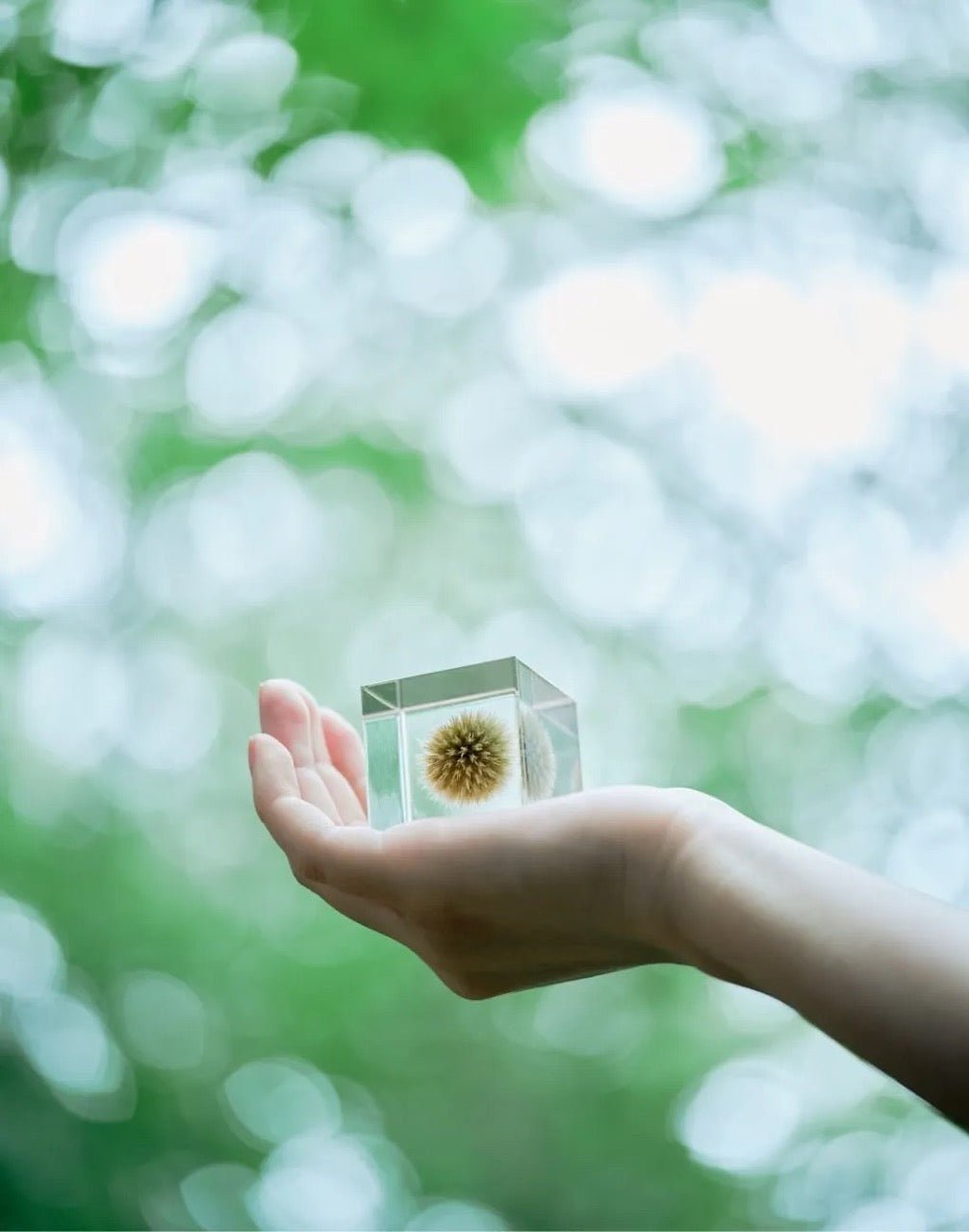
The earliest evidence of Kokeshi dolls dates back to 1804 - 1829, the height of Japan's Edo Period. The craft first took root amongst rural farmers in Tohoku - the Northern region of Japan. Snowbound, isolated farmers coping with long winter nights would carve Kokeshi from scraps of dogwood or maple to pass the time.

Made as a type of talisman to bring good harvest and fertility, they were sometimes given to mothers coping with tragedy like miscarriage or other losses as a gift of comfort.

Eventually Kokeshi dolls evolved into objects for play and were produced in abundance for young girls. For this reason, they're often thought to be the original Japanese barbie doll. It was only in the 1920's that Kokeshi dolls rose to such a popularity that they were viewed as collector's items, sought after as souvenirs by foreign visitors.


Kokeshi dolls are still being made today, but, sadly, are a dying craft. Made on turning wheels in a similar fashion to that of a leg on a chair, Kokeshi dolls are skillfully carved and painted by hand. The bottom of Kokeshi dolls are still signed by the maker, using the same brush that the craftsman used to paint his intricate designs.

When you look at a Kokeshi doll for the first time, you're first caught by their highly expressive faces. Their personality shows through their features, and unique hairstyles and decorative dress. While the choice of hair and dress represent the maker's aesthetic sense or preference, they also reflect a particular regional style. Since Kokeshi dolls became a popular tourist gift, even amongst Japanese, regions developed their own unique flair so that people who might see a Kokeshi displayed inside a home could identify its origin.

We're happy to let you know that we received a large shipment of vintage Kokeshi dolls (circa 60's and 70's) and they are available for purchase in-store (not yet available online). These unique pieces come in an array of styles, patterns and colors - certain to brighten up your shelves or entryways at home! To see how these beautiful Kokeshi are still being made today, please view this video below, and be sure to make an appointment to come see our collection!
鳴子系こけし/こけしの岡仁 from ASA DIGITAL _ jp on Vimeo.



